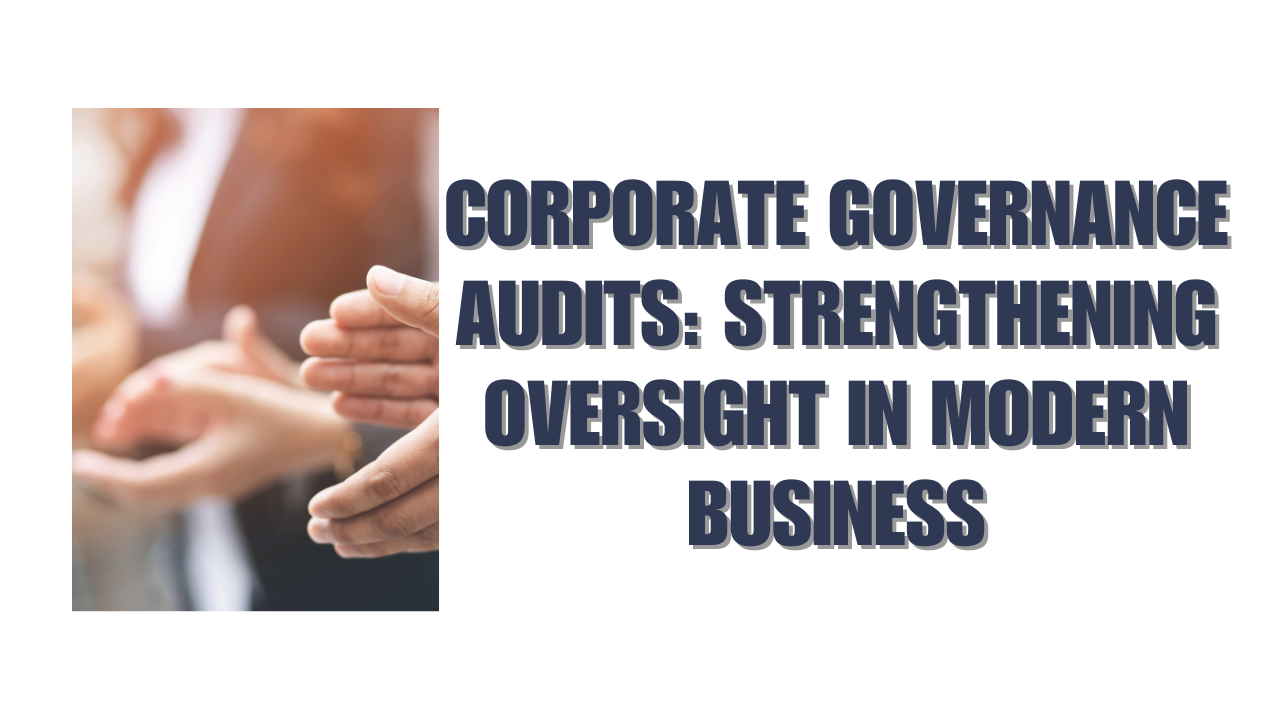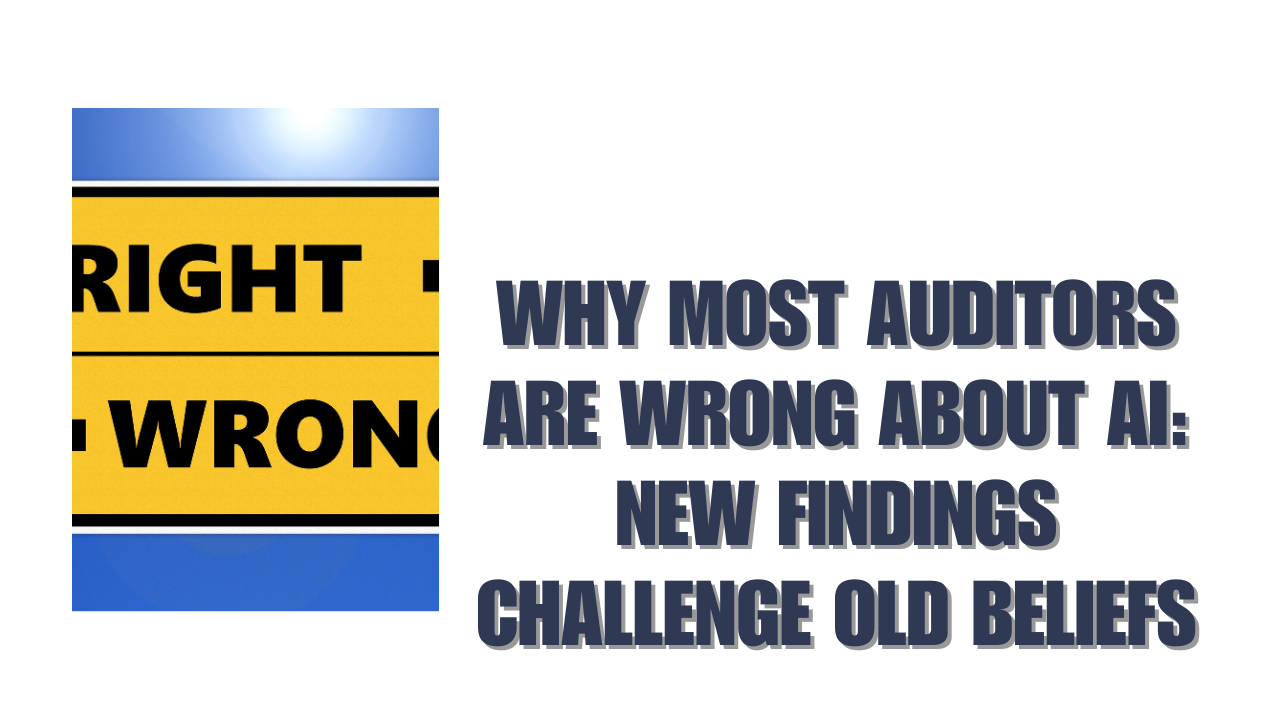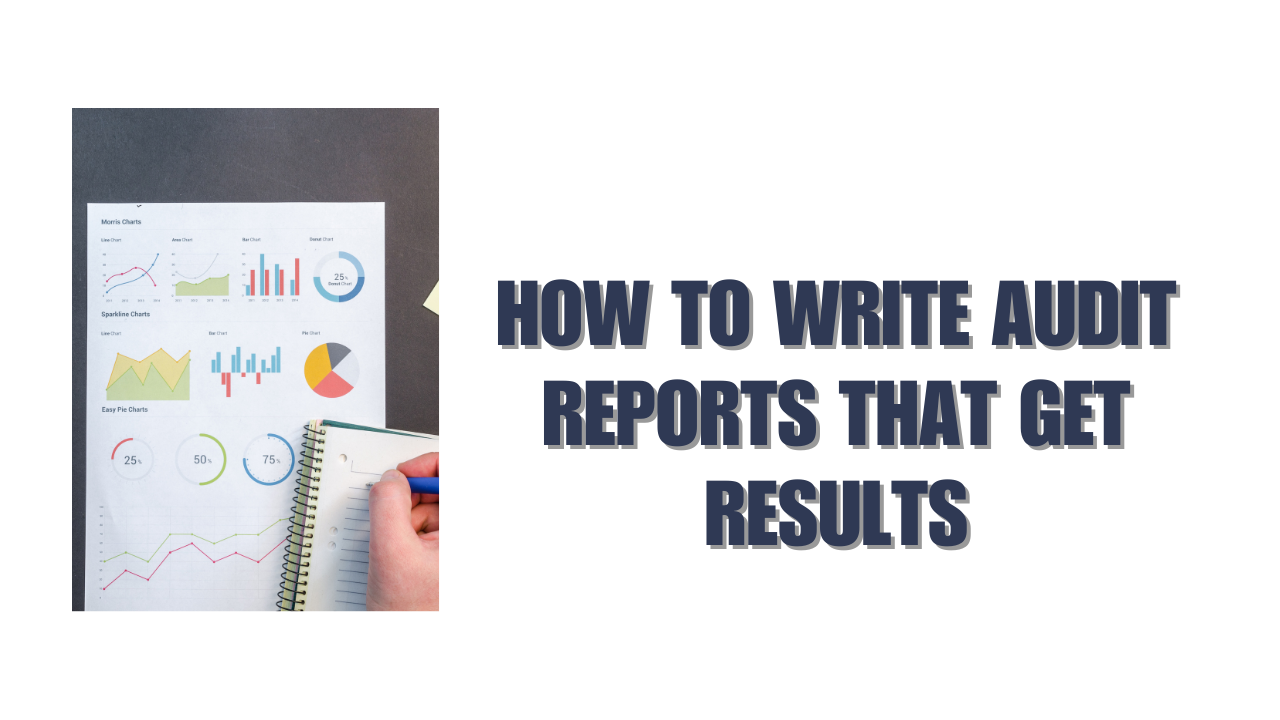Terrorist financing is a global threat. Money moves quickly and quietly through legal businesses, financial systems, and online platforms. That’s why every regulated business must take action—not just to stop money laundering, but also to prevent terrorist financing.
A CTF Audit (Counter-Terrorism Financing Audit) is an important way to make sure your business is doing its part. It checks whether your systems, staff, and reporting processes are strong enough to detect and stop suspicious financial activity linked to terrorism. This blog will explain what a CTF audit is, why it’s important, and what steps are involved.
Whether you run a small business or a large financial institution, understanding CTF audits helps protect your business and the wider community.
What is a CTF Audit?
A CTF audit is a review of your business’s controls to prevent the financing of terrorism. It is often done by an independent expert and may be required by law. The audit checks whether your business is following the right steps to detect and report suspicious activity—especially transactions or relationships that could involve terrorist groups.
Unlike money laundering, terrorist financing can involve small amounts of money. So, your systems need to look for patterns and red flags, not just large transfers. A good CTF audit focuses on your business’s risk assessment, due diligence, transaction monitoring, and staff training.
This audit gives you a clear picture of where you stand—and where you need to improve.
Why is CTF Compliance So Important?
Terrorist groups often rely on small, unnoticed financial movements. These can go through everyday businesses like yours—without anyone realizing. That’s why CTF compliance is not optional. It’s a legal duty in many countries, and an important part of protecting society.
A solid CTF program reduces your legal risk, protects your reputation, and helps avoid large fines or enforcement action. It also builds trust with clients and partners, who want to know they’re working with a responsible and secure organization.
CTF isn’t just a compliance exercise—it’s about doing the right thing.
Step 1: Assessing the Risk of Terrorist Financing
The first step in any CTF audit is checking your risk assessment. Your business should identify what parts of your services might be used to fund terrorism. Do you deal with customers from high-risk countries? Do you process donations or offer fast money transfers?
Auditors will review whether your risk assessment covers terrorist financing risks and if it is updated regularly. A weak or outdated risk assessment shows regulators that you may not be aware of your true exposure.
Understanding your risks is the foundation of a strong CTF framework.
Step 2: Checking Know-Your-Customer (KYC) Processes
Terrorist financiers often try to hide behind complex structures or fake identities. That’s why knowing who your customers are is critical. Auditors will look at your KYC procedures to see how well you collect and verify customer data.
Are you identifying beneficial owners? Are you checking customers against sanctions or watchlists? Are you using enhanced checks for high-risk clients?
Effective customer due diligence is one of the best ways to stop criminals from using your business to move money. It’s not just a box to tick—it’s a vital control.
Step 3: Reviewing Transaction Monitoring
One of the key parts of a CTF audit is looking at how your business monitors transactions. Terrorist financing often involves small, structured payments, sometimes across borders. That means your systems must detect unusual patterns, not just big transfers.
Auditors will assess whether you have automated tools or manual checks in place, and whether alerts are properly reviewed and investigated. They’ll also check how quickly suspicious activity is escalated and reported.
Monitoring is where many businesses fall short. An audit helps make sure nothing slips through the cracks.
Step 4: Inspecting Internal Policies and Reporting
Your internal policies must clearly explain how staff should respond to red flags. Auditors will review whether you have procedures for reporting suspicious transactions and escalating them to the right people.
They’ll check if Suspicious Transaction Reports (STRs) are filed on time, whether internal records are kept, and if decisions are well-documented.
Regulators expect clear, written processes that all staff can follow. Your audit will highlight any gaps and offer recommendations for tightening up procedures.
Step 5: Evaluating Training and Awareness
Even the best policies are useless if your team doesn’t understand them. That’s why auditors also look at your training program. Staff at every level—from the front desk to the compliance officer—need to know the basics of CTF risk and how to respond to suspicious behavior.
Auditors may review training logs, materials, and attendance records. In some cases, they may even interview employees to check their awareness.
Regular, practical training is one of the most powerful tools for staying compliant.
Step 6: Reviewing Your Recordkeeping
Good recordkeeping is essential for accountability. Auditors will check how well your business keeps documents related to due diligence, monitoring, and reporting. This includes things like:
- Copies of IDs and company documents
- Notes from risk assessments
- Logs of transactions reviewed
- Evidence of filed STRs or internal investigations
Keeping clear records helps prove you did your job if you’re ever questioned by regulators. It’s also useful for your own internal audits and compliance reviews.
Conclusion
A CTF audit is a smart and necessary step for any regulated business. It helps you uncover gaps in your systems, improve staff awareness, and meet legal obligations. Most importantly, it plays a part in the global effort to stop terrorism at its source—by cutting off the money.
Don’t wait for a regulator to knock on your door. By being proactive with your CTF controls and scheduling regular audits, you’re protecting your business, your clients, and your reputation.
Frequently Asked Questions (FAQs)
1. What is the main goal of a CTF audit?
The main goal of a CTF audit is to check whether your business has proper systems in place to detect and prevent the financing of terrorism. It reviews your risk assessment, customer checks, transaction monitoring, staff training, and reporting procedures. Auditors aim to ensure you’re following national CFT laws and industry best practices. A good audit will not only keep you compliant but also help protect your business from being misused by criminal networks or facing legal trouble due to weak internal controls.
2. Is a CTF audit the same as an AML audit?
No, a CTF audit and an AML audit are related but not exactly the same. An AML audit focuses on preventing money laundering, which is about hiding money from crimes. A CTF audit focuses on stopping funds from being used to support terrorism. While many businesses combine both into one compliance program, a CTF audit pays special attention to red flags like small, frequent payments, suspicious charities, and international connections. Both audits are important for meeting regulatory requirements and keeping your business safe.
3. Who must conduct a CTF audit?
In most countries, businesses that are subject to AML/CFT regulations must conduct regular CTF audits. This includes financial institutions, law firms, accounting firms, real estate agencies, money service businesses, and trust service providers. Even small companies can be exploited to move terrorist funds. Regulators usually expect an independent audit at least every 1–3 years. If you’re unsure whether your business is required to have a CTF audit, it’s best to check your local compliance laws or speak with a qualified AML/CFT consultant.
4. How can I prepare for a CTF audit?
To prepare for a CTF audit, start by reviewing your business’s risk assessment for terrorist financing. Ensure your KYC (Know Your Customer) and transaction monitoring processes are working properly and up to date. Check that staff training is current, and that your internal policies are clearly written and followed. Keep records of all customer checks, transaction reviews, and suspicious activity reports (if any). Doing an internal review or mock audit before the real one can also help identify any gaps or weaknesses.
5. What are the consequences of failing a CTF audit?
Failing a CTF audit can have serious consequences. Regulators may issue warnings, fines, or penalties, and in some cases, legal action if they believe you were careless or ignored your obligations. A failed audit can also damage your reputation with clients and partners. However, many audit failures can be corrected if you act quickly. Most regulators prefer to see businesses take steps to improve, such as updating policies, retraining staff, or investing in better monitoring tools. A failed audit is a wake-up call—but not the end.






